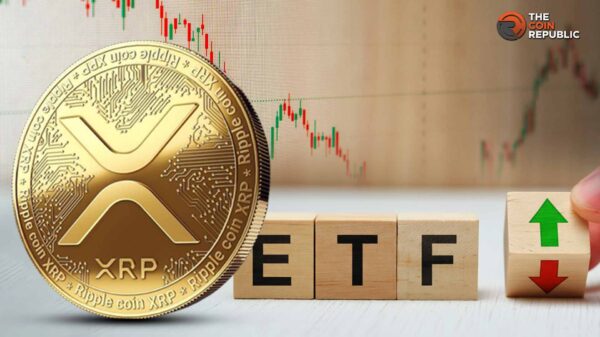The cryptocurrency landscape is entering a critical phase as traders anticipate a series of U.S. economic data releases that may set the stage for a significant rally in Bitcoin and other digital assets into early 2026. After a prolonged government shutdown delayed crucial reports, markets are now bracing for a tight schedule of data that could greatly impact risk assets.
The first major indicator comes with the September jobs report, scheduled for release on November 20. Traders have consistently monitored unemployment rates during economic cycles, as these figures often indicate broader economic strength or weakness. An increase in unemployment could suggest a slowdown in economic activity, bolstering the argument for potential rate cuts by the U.S. Federal Reserve. Conversely, lower unemployment rates might signal continued economic vigor, potentially diminishing optimism for early rate cuts.
Following the jobs report, a wave of growth and inflation data will emerge on November 26. The anticipated Q3 GDP update, along with new insights into personal income, spending, and the Personal Consumption Expenditures (PCE) index, will provide a detailed view of economic demand and price trends. Should the GDP growth appear sluggish, combined with a softer PCE, the Fed may find itself with more leeway to ease monetary policy, fostering an environment conducive to increased liquidity—something crypto traders generally favor.
December is set to deliver a rapid succession of critical economic indicators. Initially, the November Non-Farm Payrolls report will be released on December 5. This data, arriving post-shutdown, is likely to be viewed as a clear signal of labor market conditions. Weak job growth could encourage traders to increase their long positions, anticipating favorable liquidity conditions.
The following week, on December 10 and 11, the Consumer Price Index (CPI) and Producer Price Index (PPI) figures will emerge. Declining inflation readings typically support a case for looser monetary policy, which in turn tends to elevate market confidence and trading volumes in the crypto sphere.
Finally, the last major set of data will be available on December 19, including the concluding Q3 GDP figures alongside personal income, spending, and existing home sales for November. Weak results may further signal a cooling economy, opening the door for more accommodating policy, which could catalyze significant movements in crypto markets as traders position themselves for early 2026.





































































